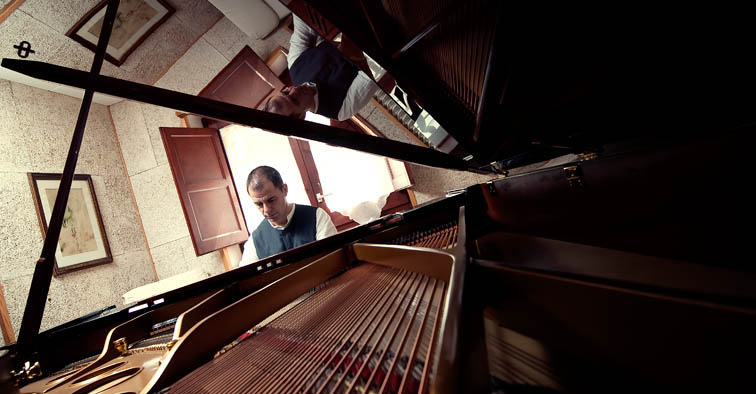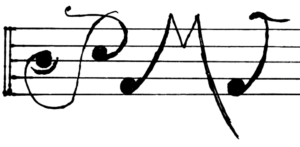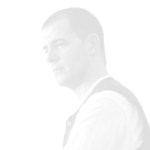The Touch
HOW I BECAME A PIANIST
.
I’ve thought for a long time that playing the piano was as easy as sitting and putting both hands upon the keyboard. Crazy illusion. My intuition couldn’t be more wrong.
To achieve a good sound you’ve got to follow some steps or stages based in some exercises to know how to prepare the hand, to warm the muscles that are still unknown and that are important to reveal.
The process is slow but effective in the long run. In a world where everything moves at an irregular, exaggerated pace, Marie Jaëll offers us the possibility to shift down a gear, to listen to ourselves, to be silent and to seek the way, the path and the knowledge of our psychophysiological faculties, hidden in a corner of our being.
This is called the touch. The search for a memory, a déjà-vu that gives us an ephemeral sensation that we must constantly recall.
In fact, playing the piano can be a simple task. The problem or difficulty arises when we ask ourselves what we can do with the instrument, why we play, what we are looking for when we perform a piece, how to reach more thoroughly into the composer’s soul? How can we make the audience vibrate and participate in what can be a shared feeling, a tête à tête with the listener? The resources are numerous and very diverse: from tension-contraction and the awakening of tactile sensations with exercises outside the keyboard (rolls, ellipses, abductions, etc.), to the reorientation of the finger on the key that work with the lowered position allows, which frees and facilitates the finger to find the elasticity it needs to be able to get free from all sorts of tensions.

“…A good stroke comes from a thought that has been released…” .
(Mrs. Bosch, student of Marie Jaëll, extracts from her book Art and Mastery of Artistic Movements with introduction by Eduardo del Pueyo)
The fact that follows from this process is freedom. Free playing is only achieved when the individual reaches a strong state of purity, with no obstacles or distractions in front of him and then the fingertip contact with the keyboard is in a light but adherent way, so as to be able to leave a good digital sound impression showing every element of the piece being performed.
It all seems easy at first sight, but the work must be constant and of great discipline, if satisfactory results are to be achieved. The act of playing can therefore become an art if it generates a mechanism with a dual nature: organic and aesthetic. It is a way of finding oneself.
Every day must be a reflection on the sensations that, by force of circumstance, a teacher initiated into this philosophy will awaken in us.
After a while, each one follows his own path with his own style but with solid bases, the result of years of scientific research, and discoveries in the intervention of the muscle groups which derive from the arm, and the forearm.
I encourage all those who wish to follow this path to persevere and not to weaken in the rhythm of research and perseverance.
.

